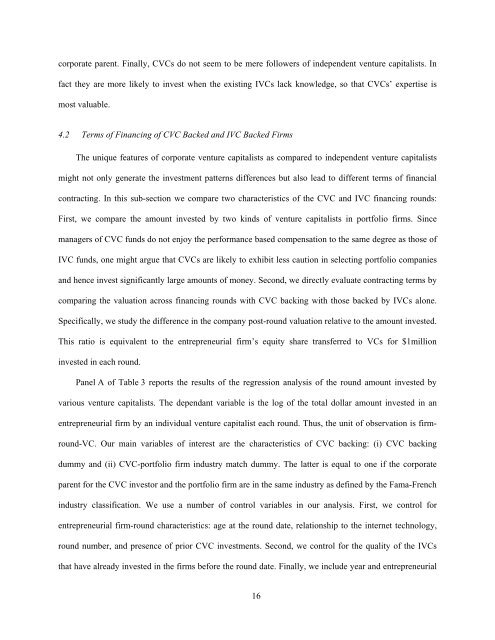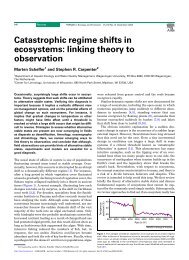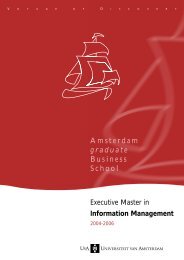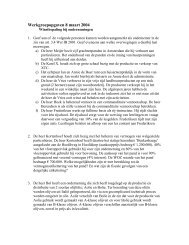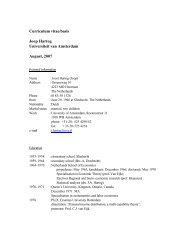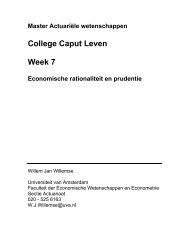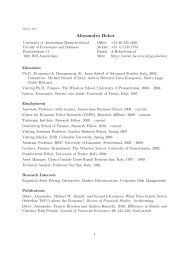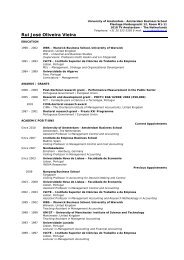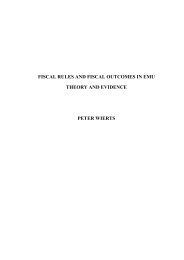How Do Corporate Venture Capitalists Create Value for ...
How Do Corporate Venture Capitalists Create Value for ...
How Do Corporate Venture Capitalists Create Value for ...
Create successful ePaper yourself
Turn your PDF publications into a flip-book with our unique Google optimized e-Paper software.
corporate parent. Finally, CVCs do not seem to be mere followers of independent venture capitalists. In<br />
fact they are more likely to invest when the existing IVCs lack knowledge, so that CVCs’ expertise is<br />
most valuable.<br />
4.2 Terms of Financing of CVC Backed and IVC Backed Firms<br />
The unique features of corporate venture capitalists as compared to independent venture capitalists<br />
might not only generate the investment patterns differences but also lead to different terms of financial<br />
contracting. In this sub-section we compare two characteristics of the CVC and IVC financing rounds:<br />
First, we compare the amount invested by two kinds of venture capitalists in portfolio firms. Since<br />
managers of CVC funds do not enjoy the per<strong>for</strong>mance based compensation to the same degree as those of<br />
IVC funds, one might argue that CVCs are likely to exhibit less caution in selecting portfolio companies<br />
and hence invest significantly large amounts of money. Second, we directly evaluate contracting terms by<br />
comparing the valuation across financing rounds with CVC backing with those backed by IVCs alone.<br />
Specifically, we study the difference in the company post-round valuation relative to the amount invested.<br />
This ratio is equivalent to the entrepreneurial firm’s equity share transferred to VCs <strong>for</strong> $1million<br />
invested in each round.<br />
Panel A of Table 3 reports the results of the regression analysis of the round amount invested by<br />
various venture capitalists. The dependant variable is the log of the total dollar amount invested in an<br />
entrepreneurial firm by an individual venture capitalist each round. Thus, the unit of observation is firm-<br />
round-VC. Our main variables of interest are the characteristics of CVC backing: (i) CVC backing<br />
dummy and (ii) CVC-portfolio firm industry match dummy. The latter is equal to one if the corporate<br />
parent <strong>for</strong> the CVC investor and the portfolio firm are in the same industry as defined by the Fama-French<br />
industry classification. We use a number of control variables in our analysis. First, we control <strong>for</strong><br />
entrepreneurial firm-round characteristics: age at the round date, relationship to the internet technology,<br />
round number, and presence of prior CVC investments. Second, we control <strong>for</strong> the quality of the IVCs<br />
that have already invested in the firms be<strong>for</strong>e the round date. Finally, we include year and entrepreneurial<br />
16


